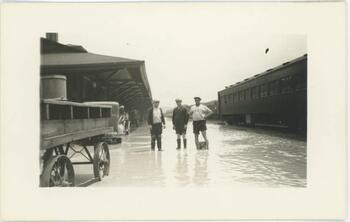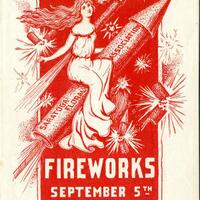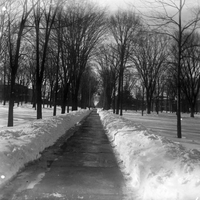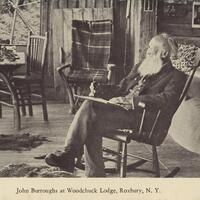Hornell (once known as Hornellsville) was built at the nexus of waterways: the Canisteo River, the Canacadea Creek and Crosby Creek. Crosby Creek and Canacadea Creek flow into the Canisteo River, which in turn flows into the Chemung River and then ultimately, the Susquehanna River. These waterways flooded Hornell and the community suffered spectacular damage in 1935.
In response, the US Army Corps of Engineers built the Arkport Dam.
The dam is normally a "dry dam," except after heavy rains. It's able to hold back 2.6 billion gallons of water from the Canisteo River watershed. The Almond Dam was also authorized in 1936, but was not completed until 1949, having been delayed by World War II. The construction of Almond Dam created Almond Lake, a reservoir that can handle 4.8 billion gallons of water from the Canisteo River watershed.
Almond Lake was at nearly 94% capacity in the flood of June, 1972, and the reservoir created by Arkport Dam was at 100% capacity, but the dams held. The dams kept the Canisteo River from flooding the downstream communities, protecting Hornell and neighboring Canisteo.




